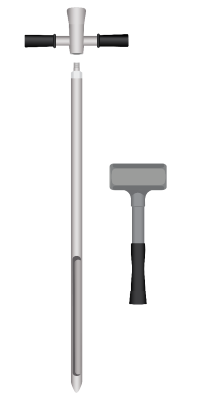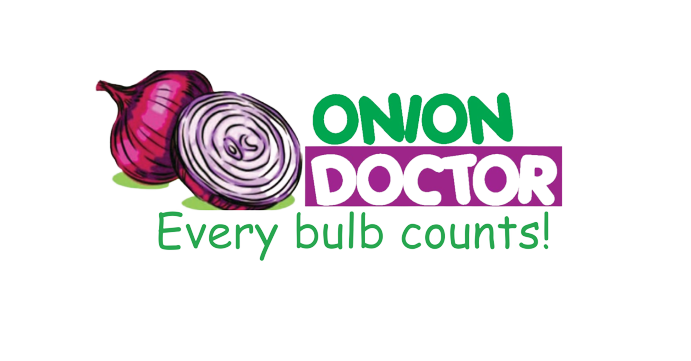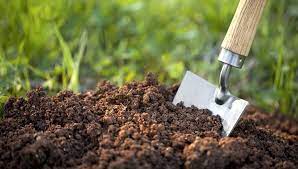Soil sampling methods and tools

Are you in need of in-depth knowledge on onion and garlic production? If yes, we are a call away. Our service chatter includes: Onion seedlings, Garlic seedlings, Farm planning services, Soil testing, Drip irrigation installation and maintenance, Agronomic support, Onion and Garlic value pack and Farm management. For free consultation, placing orders or booking a visit with an agronomist, please contact us via Call or what’s app +254703982228, Email: Info@oniondoctor.co.ke.
Before any sampling can begin, the following steps should be considered to ensure the sample is collected and analyzed correctly:
Obtain appropriate tools for field sampling.
Divide fields and production areas into sampling zones.
Determine sampling locations based on crop
Appropriate tools for field sampling.
Push probes, hammer probes, and bucket augers (Figure 1) are commonly used because they are capable of taking uniform samples with depth. A clean plastic bucket should be used.Ensure that the bucket and free of any debris and has not been used to collect or hold fertilizer, manure, or compost. Avoid using a metal bucket as it can interfere with test results.


Dividing fields and production areas into sampling zones
Identify areas with differences in topography, nutrient application rates, soil type or texture, or soil tillage practices to create sampling zones with uniform characteristics. A sampling zone is typically an entire field or production area, but differences in soil may require an area with the same crop and management to be split into different sampling zones. Some areas may be separated by a physical barrier, such as a ditch or road, or even be non-contiguous, but may be considered one sampling zone if they have uniform characteristics.
Sampling zones for the basic soil fertility test should be limited to a (25-acre) size. Sampling zones measuring nitrate are not limited to a size when no other differences in soils, cropping system, or management exist. In situations where large areas need to be sampled, alternative sampling strategies, such as directed benchmark sampling, may be used.
Determine sampling locations
The sampling location within the sampling zone is dependent on the crop and method in which nutrients area applied
For all sampling guidelines, avoid sampling areas that would not be considered representative of an area. This includes:
Soil Sampling Depth Depending on Crop.
Most Horticultural crops, have their root zone in the top 30 cm. When collecting a sample the top soil(30cm) should be collected.
Most fruit trees have their root zones in the top 100cm. When collecting a sample, the top and sub-soil should be collected.
Onion Doctor provides soil testing services at very competitive prices. Do not hesitate to contact us for a quote.
Onion Doctor supports small holder farmers across Africa with quality and affordable Onion and Garlic seedlings, Onion seedlings, Farm planning services, Soil testing, Drip irrigation installation and maintenance, Agronomic support, Onion and Garlic value pack, Farm management, E-extension and on-farm training for farmers to optimize on yields and get maximum profits.

